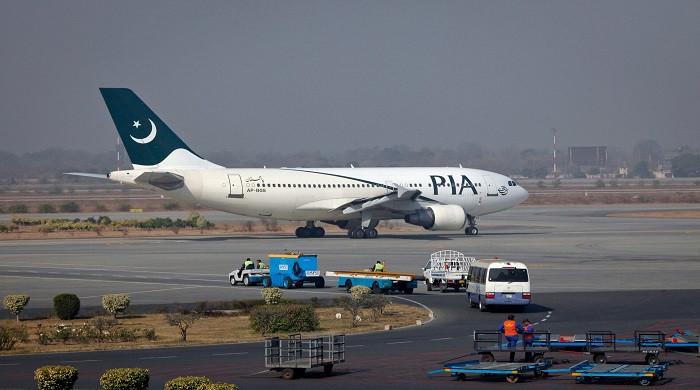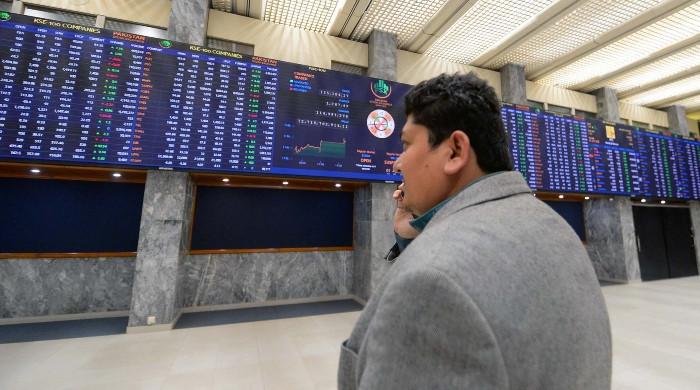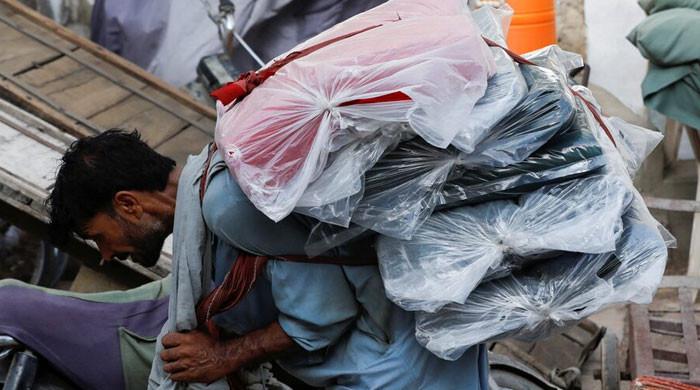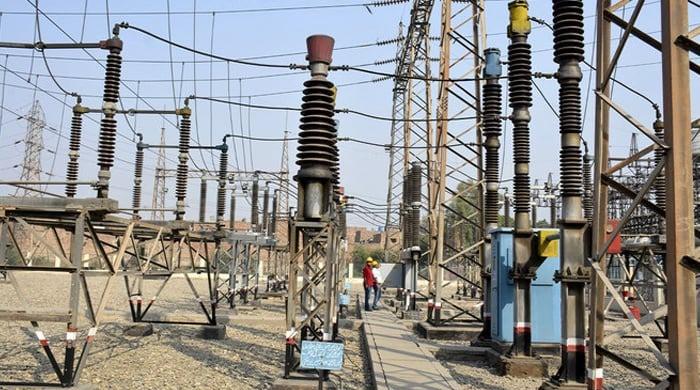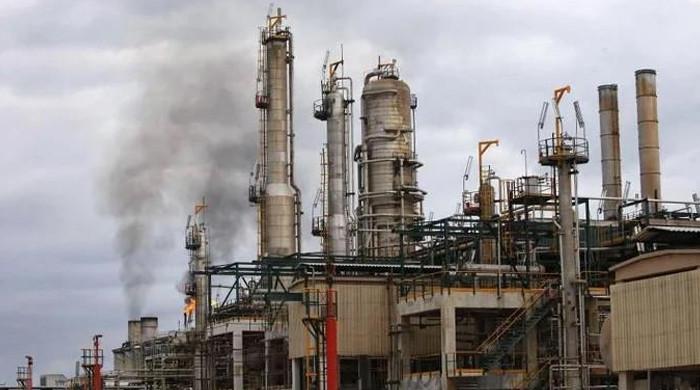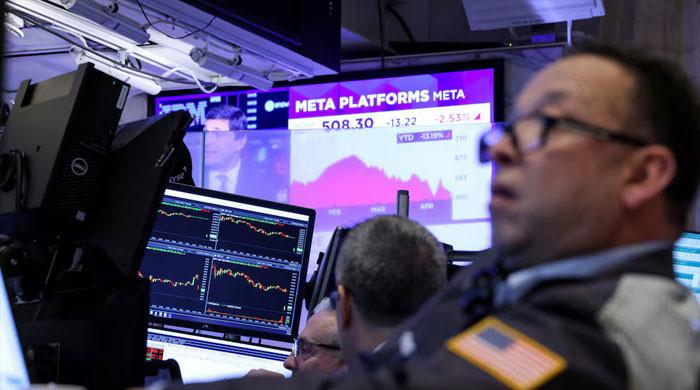OGDCL finds indicators of heavy reservoirs of shale gas in Hyderabad
Over 3,000 TCF shale gas resources exist in various shale horizons of Pakistan
October 09, 2023
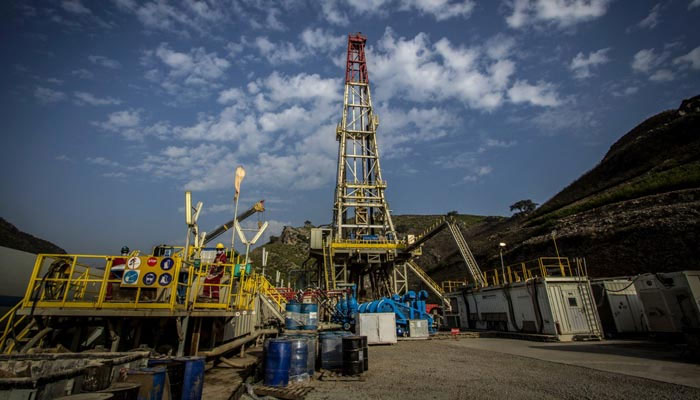
- Over 3,000 TCF gas resources exist in various shale horizons of Pakistan.
- Gas was found at KUC-1 pilot well in Hyderabad launched in 2020.
- Official says recovering gas commercially would cost $10-15/mmBtu.
ISLAMABAD: Amid depleting natural gas, Pakistan has found indicators that suggest the presence of heavy reservoirs of shale gas in a Hyderabad well, reported The News.
As per a USAID study, more than 3,000 TCF (trillion cubic feet) shale gas resources exist in various shale horizons of Pakistan.
The well where the heavy presence of gas was found was the KUC-1 pilot well in Hyderabad, a project that was launched by the Oil and Gas Development Company Limited (OGDCL) in 2020.
“We have vertically dug the well and discovered two layers of rocks containing shale gas and OGDCL experts will further vertically drill up to the third layer in the first week of next month. The data collected and analysed after fracking the first two layers showed the presence of shale gas in abundance. After reaching and fracking the third layer, the process of digging the same well horizontally up to 1,500-2,000 meters within a depth of 3,000-6,000 meters would be undertaken,” Dr M Saeed Khan Jadoon, adviser to OGDCL on exploration of oil and gas and head of shale gas cell, told the publication.
For fracking the vertical and horizontal layers, the oil exploration giant has already signed an agreement with Schlumberger, Pakistan.
Jadoon said the OGDCL has increased its focus on capacity upgradation of human resources in the shale gas cell. He added that members were sent to China and the USA to keep them updated on new methods used for the discovery of shale gas.
“After three months, we will initiate the horizontal drilling in the pilot well, which may be completed by August next year 2024,” he added.
To a question, the official said that the total process of drilling the well vertically and horizontally would be completed in 3-4 years at the cost of $25-$30 million as COVID-19 virus and floods had caused the delay. After that, the OGDCL will market the well to investors, keeping in view data to be collected after fracking the layers vertically and horizontally about the presence of shale gas. The investors will utilise their financial resources to discover shale gas commercially.
Dr Jadoon said that recovering the shale gas on a commercial basis was highly capital-intensive and would cost $10-15 per mmBtu.
According to the publication, the OGDCL is working on paving the way for investment by sharing the actual production potential of the shale gas reservoirs in Pakistan with investors.
After this successful pilot well, all the data relating to drilling, completion, fracking and production will be collected and analysed for future exploration strategy of shale gas in Pakistan.
The success of this pilot project may trigger the company to drill a few more pilot wells to ascertain the frackability and productivity of shale gas in a region.
Sember Shale is considered the richest source of rock having a good thickness, mainly found in the lower and middle Indus basin of Pakistan. Presently, OGDCL is producing about 35,000 bbl/day of oil and 800 MMSCFD gas and is contributing about 47% in oil and 30% in gas production.




